In recent years, the Vietnamese textile and garment industry has made remarkable changes in its approach to production. As labor costs continue to rise and international market demands become more stringent, many businesses are forced to find new ways to survive and develop. The answer lies in technological innovation, efficient energy management, digital transformation and green manufacturing.
The textile industry is known as a labor-intensive industry. For a long time, Vietnam's biggest advantage has been its cheap labor, but production costs are now increasing. Meanwhile, Bangladesh, Cambodia and India still maintain their low-cost advantage, making competition more fierce. Not only stopping at price, international customers also place high demands on progress, accuracy and product quality.
Many domestic enterprises have begun to apply artificial intelligence and modern software to improve efficiency. Viet Thang Jean uses AI to monitor machinery systems, helping to minimize errors in the production process. Dony Garment deploys smart production management software, thereby shortening order processing time and reducing technical errors. 3D technology in sample design also helps save significant time and costs.

Illustration photo
In the North, Phu Hoa An Textile JSC boldly invested in automatic fabric spreading machines to replace manual labor. Thanks to that, the number of workers involved has decreased, and the precision of cutting lines has been improved. Tralytex has also invested in imported modern spinning machines, which have both increased production speed and reduced electricity costs. The shift from manual labor to semi-automatic and fully automatic labor is taking place strongly in many factories.
The global trend is prioritizing products with environmentally friendly processes. Realizing this, many Vietnamese enterprises have focused on green solutions. Soi The Ky Synthetic Fiber invested in solar power systems, replaced old equipment with energy-saving machines, and improved the pneumatic system. Tralytex focused on optimizing energy in fiber production, both reducing emissions and meeting international standards. These steps not only help reduce operating costs but also enhance brand reputation.
Modern machinery can only be effective if operated by a team of skilled workers. Therefore, many businesses have cooperated with vocational schools and associations to open training courses on operating automatic systems and management software. Human resources equipped with new skills not only increase productivity but also create long-term commitment. This is an important factor for businesses to go further in the journey of innovation.
In addition to technology, lean management processes also play an important role. Enterprises apply flexible production models, reducing intermediaries to adapt to changes in orders. Practices from companies in the region show that when applying a digital planning system, production preparation time can be shortened to just one day, while the on-time delivery rate is significantly improved.
Despite significant achievements, the path to productivity growth is still fraught with difficulties. According to productivity experts, initial investment costs for machinery and high technology are major obstacles, especially for small and medium-sized enterprises. Training human resources takes time, while the pressure of orders is frequent and urgent. Unsynchronized electricity and logistics infrastructure is also a challenge when enterprises want to expand their production scale.
For the textile and garment industry to maintain its position in the global supply chain, businesses need a comprehensive digital transformation strategy, invest in machinery appropriate to their scale, and focus on human resource training. In parallel, green production and energy efficiency must be considered core factors to meet international standards. The government and industry associations should also have policies to support capital, training, and tax incentives to help businesses overcome investment barriers.
In the context of increasingly fierce global competition, improving productivity is not only a choice but a vital factor. Advances in technology, green production and governance show that the Vietnamese textile and garment industry is proactively adapting, moving towards sustainable development, enhancing value and maintaining its position in the international market.
Source: https://mst.gov.vn/doanh-nghiep-det-may-but-pha-nang-suat-nho-doi-moi-cong-nghe-va-san-xuat-xanh-197251121083741938.htm














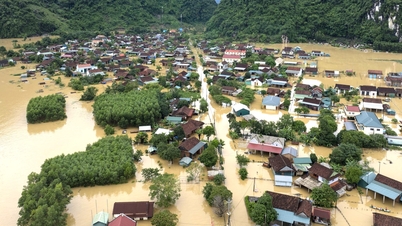








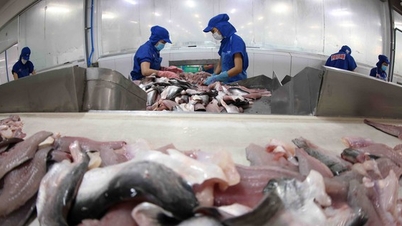









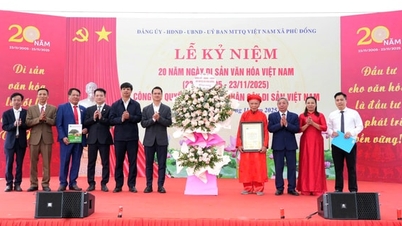






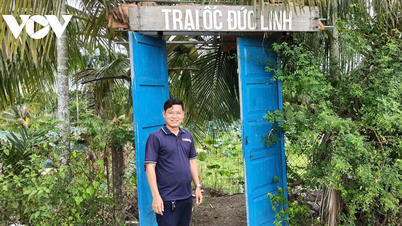

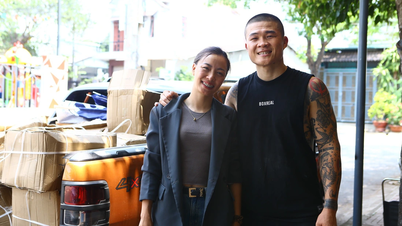

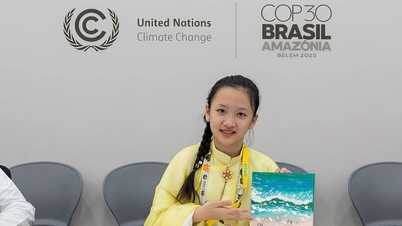




























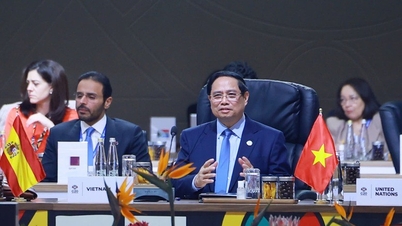





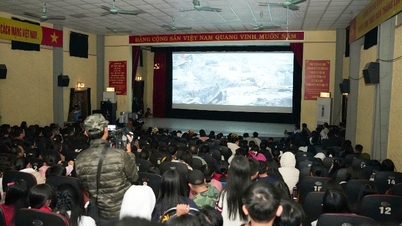






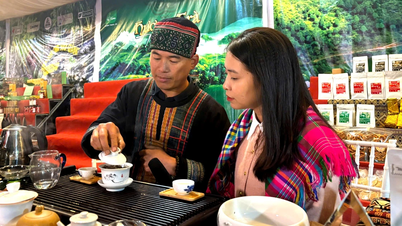












Comment (0)